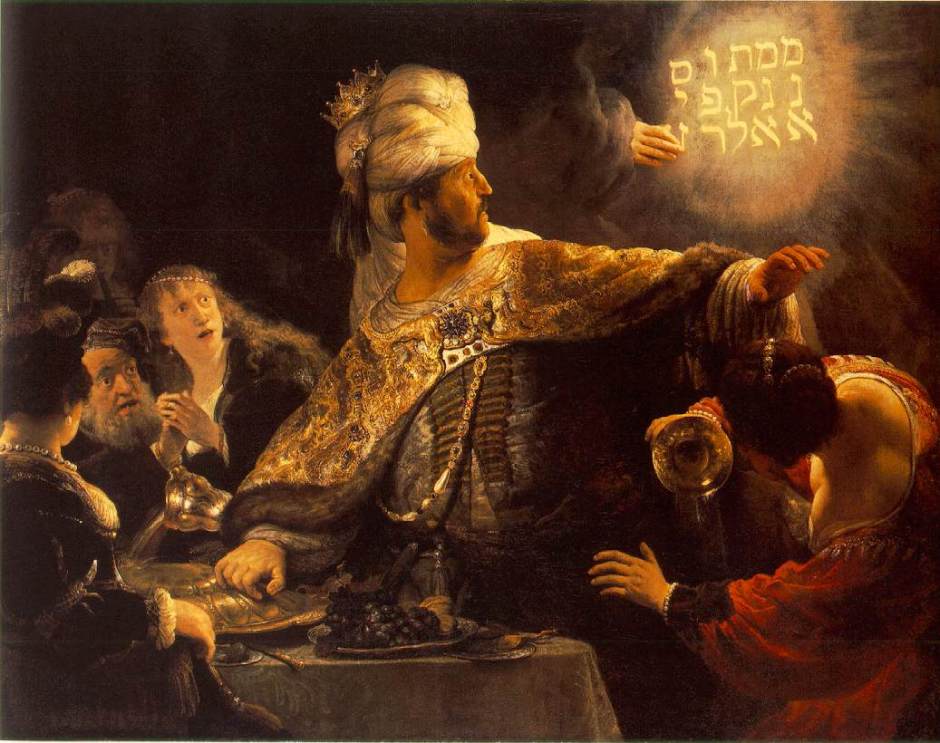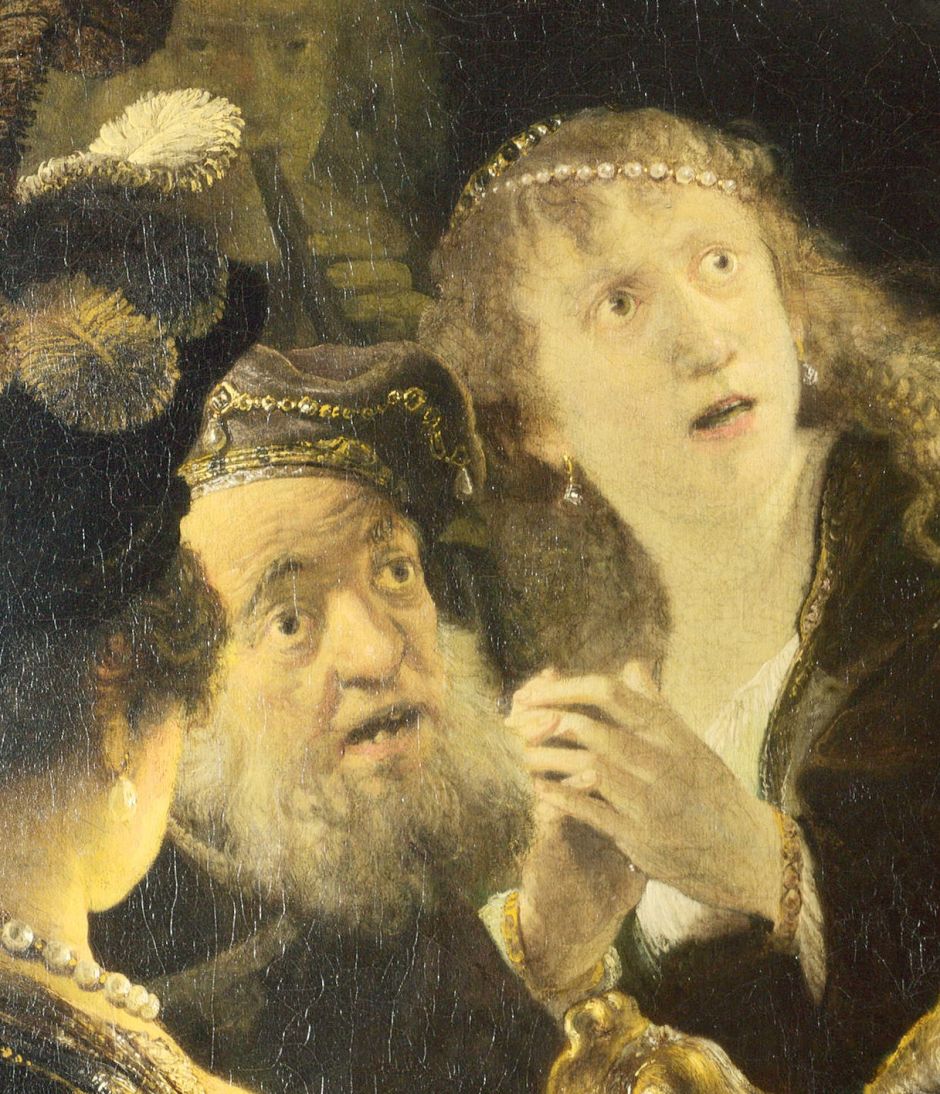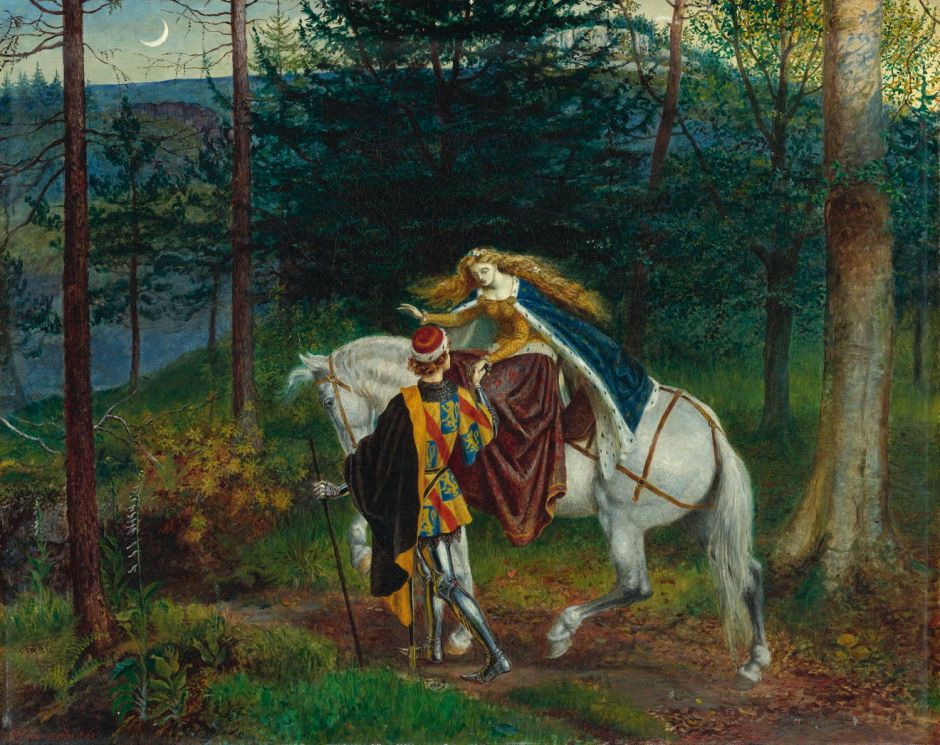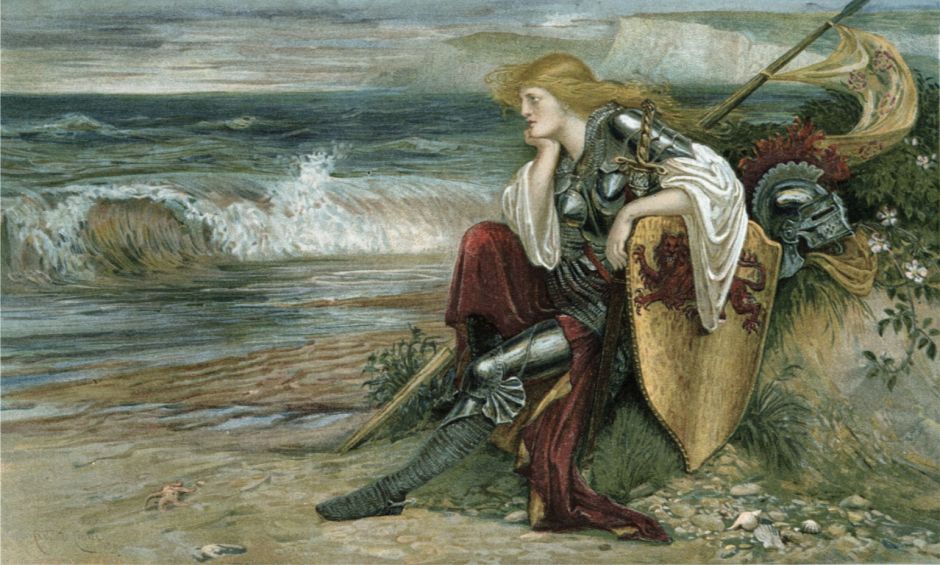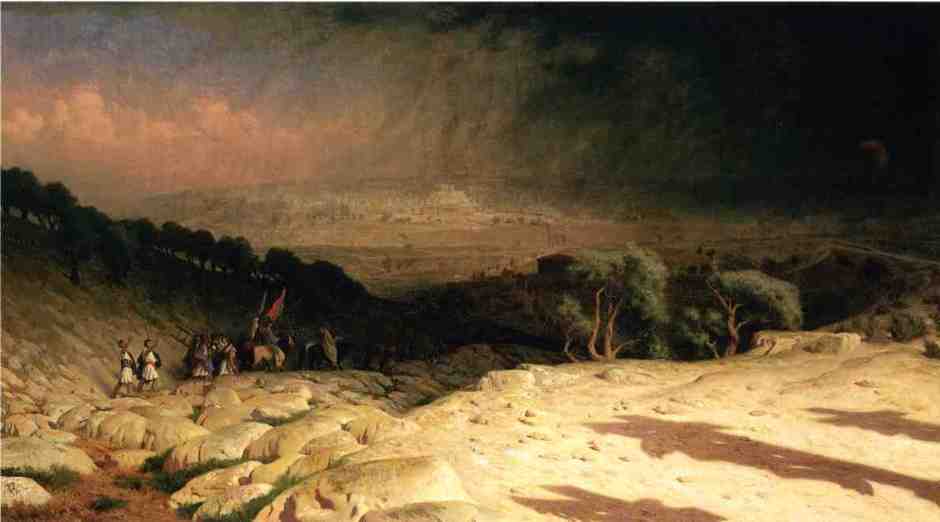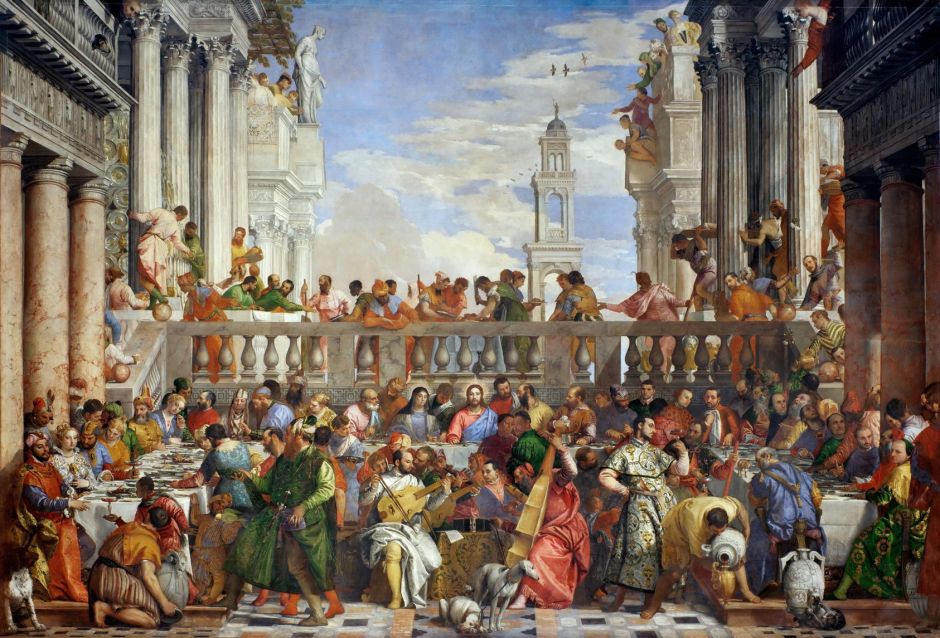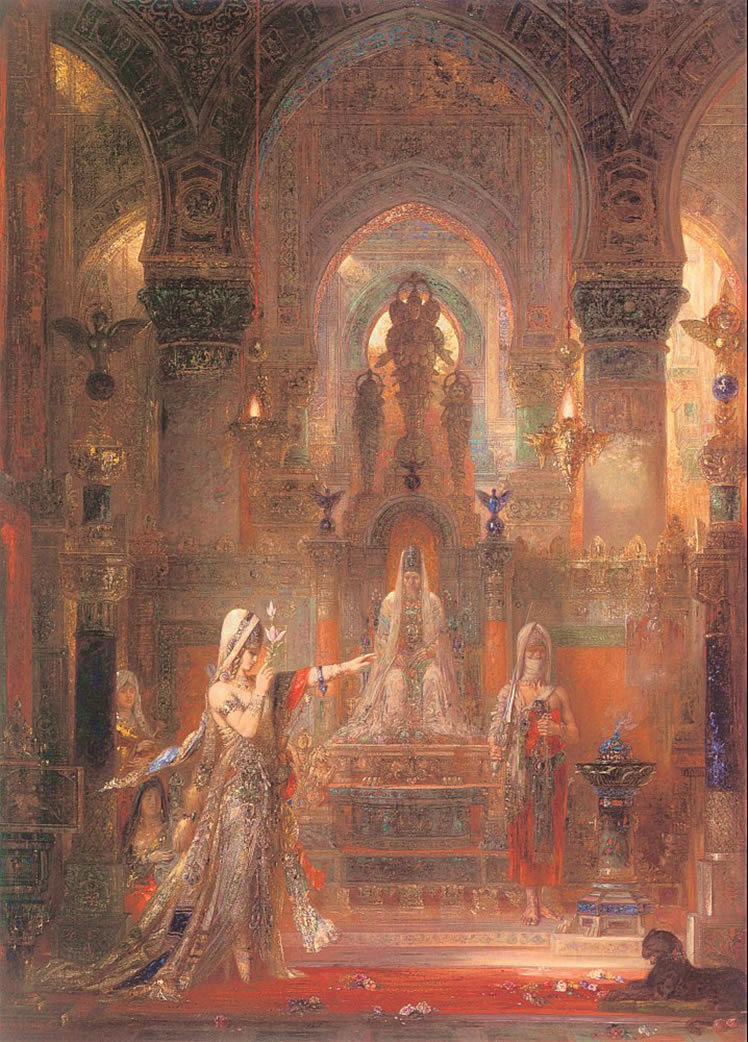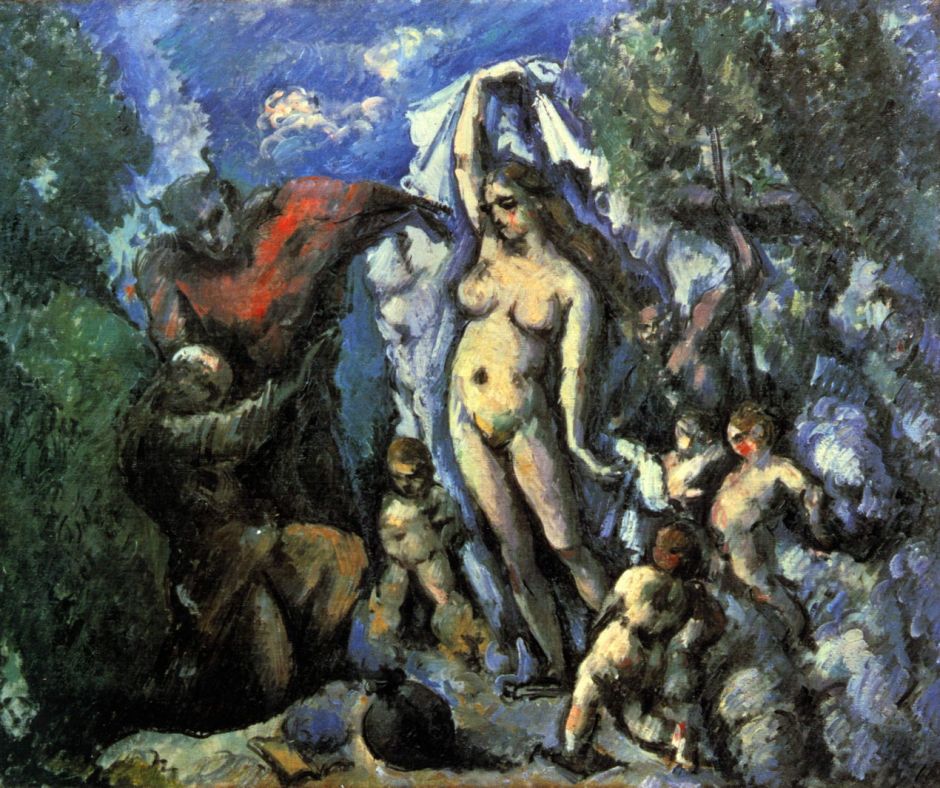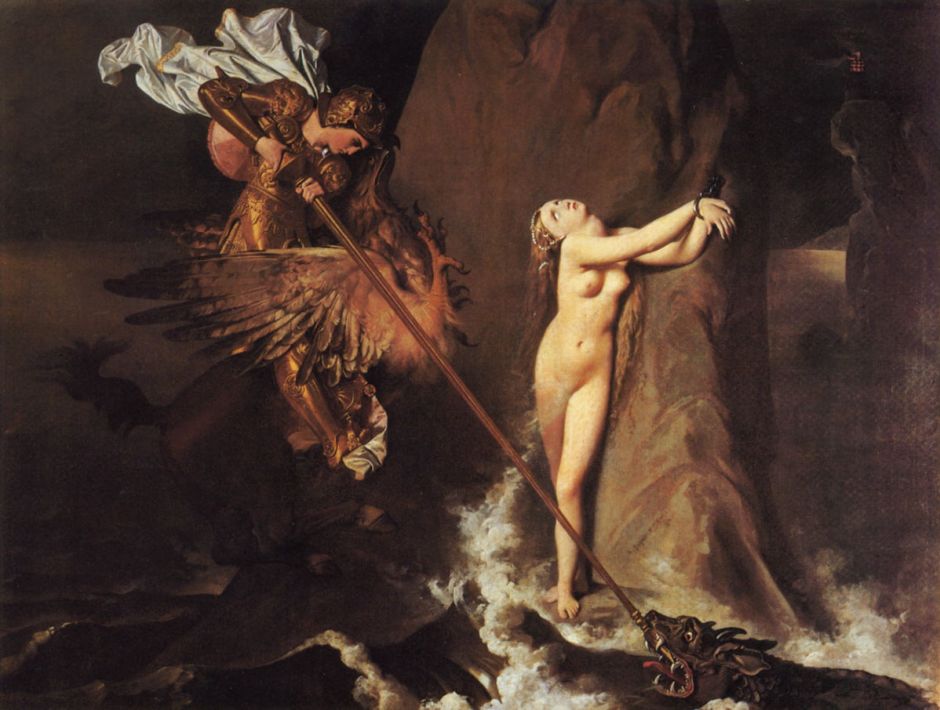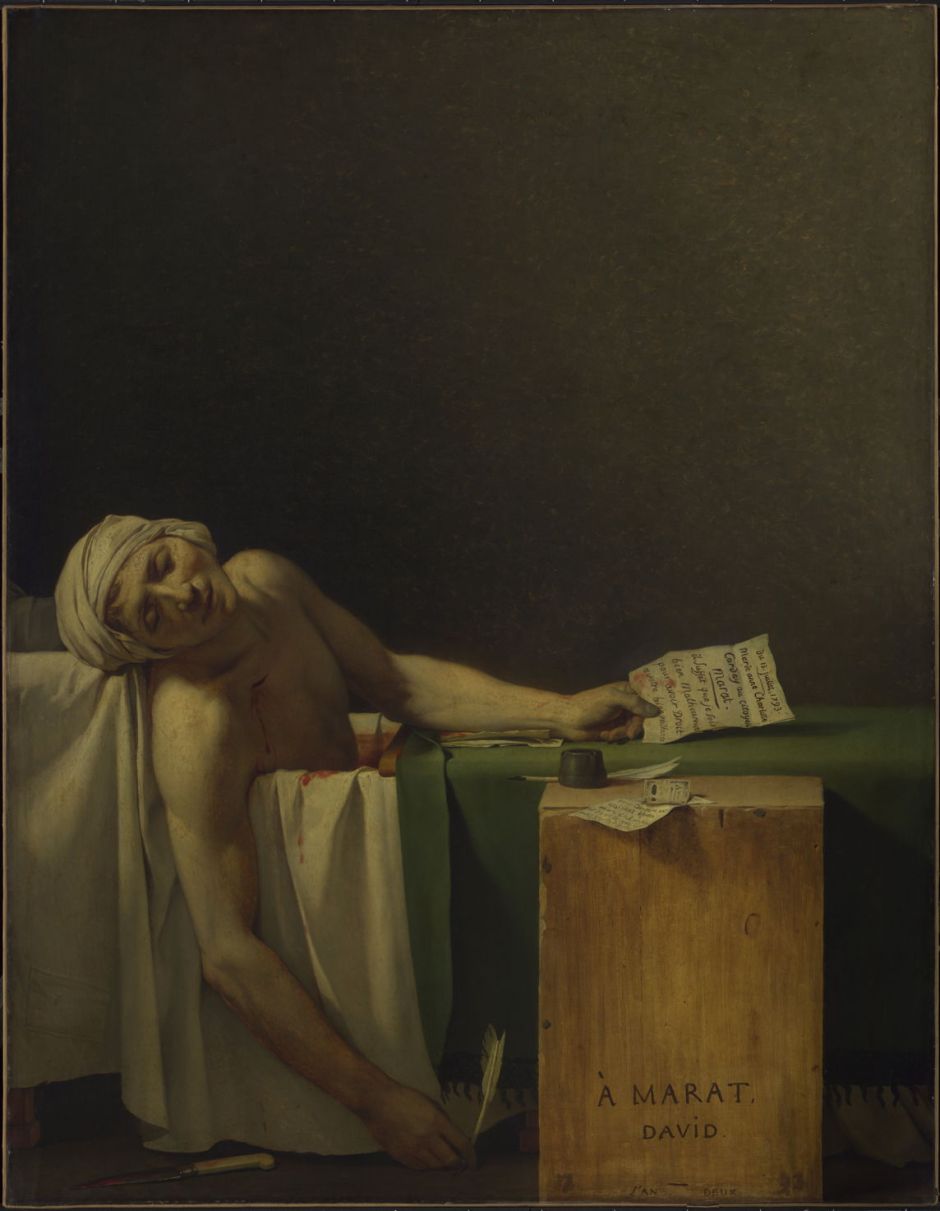Horace Vernet (1789–1863) came from a long line of distinguished painters. His grandfather Claude Joseph Vernet (1714-1789) was a major landscape artist who developed the genre after the pioneering work of Poussin and Claude Lorraine. His father Carle Vernet (1758-1836) won the Prix de Rome (for history painting) and went on to record Napoleon’s military campaigns. He also has the possibly unique distinction of being an artist who was born in the Louvre, as his parents were taking shelter there at the time of the French Revolution.
His career spanned a turbulent period in French history. He initially followed in his father’s footsteps in painting military scenes, but his emphasis and style were contemporary, showing more the human side of soldiers and soldiering. This brought him major commissions from the restored monarchy. He was the Director of the French Academy in Rome between 1829 and 1834, being succeeded in that post by none other than Ingres.
After the fall of the monarchy with the 1848 revolution, he enjoyed the patronage of Napoleon III during the Second Empire. However this adeptness under radical political change was not accomplished by fluid allegiance, and Vernet continued to paint faithful records of the harsh conditions and perils of conflict.
The Campaign in France (1814)

Once Napoleon’s armies had been defeated at Leipzig in 1813, those of the other countries in Europe pursued them into north-east France, where there was a series of smaller battles and skirmishes fought in the French countryside, amid the terrified farmers and their families. Here Vernet shows soldiers fighting around a burning farmhouse, as its occupants try to escape with little more than their lives. Their cattle are panicking, and it appears that the farmer himself has been shot, perhaps when trying to defend his family. A small boy buries his head into his mother’s apron.
This must have been one of the earliest portrayals of the human impact of war on civilians, and uses all the tools of narrative painting, even a forboding sky, to best effect.
The Last Grenadier of Waterloo (c 1818)
Napoleon returned from exile to power in March 1815, meeting immediate opposition from a coalition of states, and culminating in the Battle of Waterloo, just nine miles to the south of modern Brussels. Over half the 73,000 French soldiers who took part were killed, captured, or injured, and this grenadier from Napoleon’s Imperial Guard has just been burying some of those dead. He is shown, lost in thought, with minor wounds to his right leg and foot.

Around him, partially buried in the grave, are various relics of battle, including a rifle bolt, bayonet, and most significantly the eagle of the French Empire and its Imperial Guard. Unburied British dead are abandoned in the right background, and on the left the fiery dusk sky silhouettes a lone cross.
The Dog of the Regiment Wounded (1819)

Another of Vernet’s touching insights into the wars of the First Empire was this painting of a scene beside the grim fighting of, probably, Waterloo. The Regimental dog has sustained a superficial head wound, and two soldiers here take a few moments out of battle to clean the wound using liquid (possibly alcohol) from a hip flask.
The Clichy Barrier (1820)
In the final stages of the wars ending the First Empire, Paris itself came under attack at the end of March 1814. Part of its defence was a barrier set up at Clichy, commanded by Marshal Moncey (on horseback, centre). Here he is giving his orders to a goldsmith who was colonel of the National Guard, Claude Odiot, who is holding the Marshal’s horse, on 30 March 1814.

Once again Vernet shows civilians mixed up in the military engagement, in a young woman in the foreground who is cradling her young baby, beside a white goat. Another fascinating and enigmatic figure is shown at the far left, wearing an armour helmet, disguised by a pale cloak, sat astride a horse.
The Artist’s Studio (c 1820)

Long before Courbet’s possibly allegorical painting of his studio, Vernet’s was just as crowded, rich in stories, and puzzling. In the centre, two young men fight one another with swords by a white horse, which is tethered to the wall. Immediately in front of the white horse is a pair of boxers, and another young man sits on the back of a chair to watch the fencing, holding a rifle against the left side of his body.
In the left background a couple of pupils are actually engaged in painting at easels, but the most prominent easel in the room is completely ignored by those present. Another painter is at work at the far left, apparently talking with three young men who are watching, and accompanied by a drummer. Another small group of young men is engaged in discussion against the wall to the left.
There are also pets and props: an angry white dog in the centre foreground, a small pet monkey in the left background, saddles hung on the wall in the centre, and a large oil painting is on the back wall.
Byron’s Mazeppa
In 1819, the popular British poet, Lord Byron, published a narrative poem titled Mazeppa, based on popular legend about the early years of Ivan Mazepa (1639–1709), who later became Hetman of the Ukrainian Cossacks. When a young man, Mazeppa served as a page at the Court of King John II Casimir Vasa. He had an affair with a Countess Theresa, who was married to an older Count. The Count punished Mazeppa by attaching him naked to the back of a wild horse, and setting the horse loose.
Byron’s poem details the suffering and endurance of Mazeppa during his long journey on the back of the horse, and formed the basis for one of Vernet’s most vivid paintings.

In this study of Mazeppa (1826), sketchy and highly gestural brushstrokes animate the whole canvas, as the horse gallops across barren land, pursued by wolves.

Vernet’s finished Mazeppa and the Wolves (1826) gains detail, and its smooth paint surface, at the expense of the study’s spontaneity and speed. But this enables him to show the wolves in their fearsome detail. This inspired slightly later versions by John Frederick Herring, now in Tate Britain.
Judith and Holofernes (study) (1828/1832)

Vernet also made a study for a rather unusual treatment of Judith and Holofernes. Instead of showing the action immediately prior to, during, or following Holoferne’s beheading, he pictures Judith at her moment of peripeteia, the sword in her right hand, gazing at Holofernes and wondering whether she should kill him. This might have been an interesting parallel to Poussin’s treatment of Armida, for instance, when she changed her mind in the other direction.
His model for Judith was Olympe Pélissier (1799-1878), a society hostess who had an affair with Honoré de Balzac in 1830, and later became the second wife of Gioachino Rossini, the Italian composer.
In the end, Vernet seems to have abandoned this more psychological approach for an alternative composition, which he then exhibited at the Salon in 1831.
Italian Brigands Surprised by Papal Troops (1830)
When Director of the French Academy in Rome, Vernet may have had experience of the brigands or banditi – so loved by Salvator Rosa – who operated in rural Italy, particularly into the foothills of the Alps.

Here he shows the scene resulting from an attack by banditi on the coach seen further back on the left, on the bend passing through a cleft in the rock, with the dark blue water of the Mediterranean behind. The banditi are not just making off with the valuables from the coach, but have adbucted its passengers as well, a woman in pale blue being far up the hillside at the right. In pitched battle with them is a horseborne troop of soldiers, armed with rifles, pistols, and a fearsome sabre.
The Taking of Constantine (1838)
Vernet is best-known for his detailed and meticulously-painted records of battles. For some of these he used extreme panoramic formats, but common to them all is his ability to capture the conditions, perils, and chaos of combat.
As part of the French campaign in Algeria, the Constantine Expedition of 1837 was of limited military significance, but offered domestic political advantage. Vernet’s painting shows the disorderly struggle of the troops as they fought their way to the top, in the final assault on 13 October. General Valée, in command, was made a Marshal of France on 11 November, and Governor General of Algeria on 1 December.

The Angel of Death (1851)
The nineteenth century was a period when death – particularly of the relatively young, from diseases such as tuberculosis, ‘King Death’ – was all too familiar. My final selection is Vernet’s moving depiction of what everyone dreaded.

A young man is praying over the side of a bed, kneeling, his hands clasped together. Opposite him, an illuminated Bible is open, above that an icon hangs on the wall, there is a sprig of flowers, and a flame burns in prayer. But the occupant of the bed, a beautiful young woman, is being lifted out of it. Her right hand is raised, its index finger pointing upwards to heaven.
Behind her, the Angel of Death, the outer surface of its wings black, and clad in long black robes, its face concealed beneath a hood, is lifting her out, to raise her body up towards the beam of light which shines down from the heavens.
This epitomises the nineteenth century European attitude to death, and its common narrative.
Conclusions
Vernet tells some very human stories using traditional techniques. However, in the absence of recent published information about him and his work, it is very difficult to go any deeper, and some of his paintings remain hard to read. Given their quite broad spread in public collections around the world, it is hard to see why his work remains so neglected.
If you know of any useful references, please tell us: a decent biography would be a good start.















